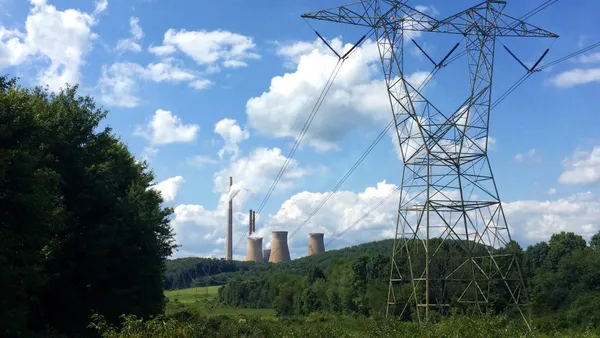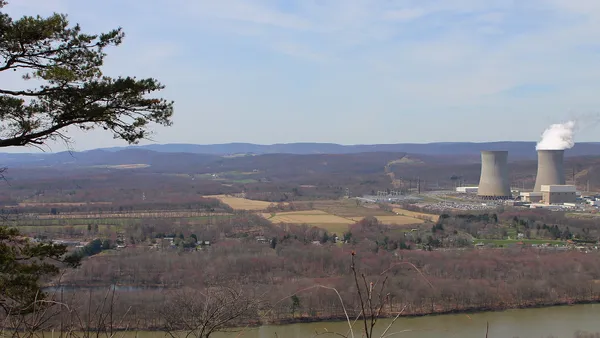Dive Brief:
- The U.S. Environmental Protection Agency (EPA) has completed a cost-benefit analysis of the Mercury and Air Toxics Standards (MATS) rule, finding the regulation is "appropriate and necessary" in addressing pollution from power plants.
-
The Supreme Court rejected the MATS rule last year, finding the agency should have done a cost-benefit calculation before beginning to write the regulation, remanding the regulation to the D.C. Circuit, which must now decide how to proceed with the EPA.
-
But while the U.S. Environmental Protection Agency's decision to uphold its rule comes as little surprise, neither does the threat of sustained litigation. Murray Energy, the largest coal company in the country, has indicated it will file another lawsuit challenging the rule.
Dive Insight:
It should come as no surprise the EPA reaffirmed its conclusion the MATS rule is the right move to cut power plant mercury emissions, and Sierra Club attorney Sanjay Narayan affirmed that the rule will continue to face resistence from parts of the power sector.
"A portion of the utilities and certainly the coal mining industry are very tightly wedded to the idea that no EPA regulation should go unchallenged and they seem to be following through on this one," Narayan said.
Last year, the U.S. Supreme Court determined the agency should have done a cost-benefit analysis before constructing the mercury restrictions. That decision could have long-term impacts for the way the EPA makes regulations. In ruling that the EPA must consider compliance costs when making new rules, it could shift the way EPA interacts with energy stakeholders and state lawmakers in ways that remain to be seen. And as the agency addressed that issue, the D.C. Circuit determined regulators could continue enforcing the rules while the fix was being completed.
EPA said last week it determined the MATS rule was "appropriate and necessary to regulate air toxics ... after including a consideration of costs."
"Power plants are the nation’s largest industrial source mercury pollution and they emit more than half of a range of air toxics, as well as sulfur dioxide and particulates," the agency said in a fact sheet on the decision. "After evaluating several cost metrics relevant to the power sector and considering public comments, EPA finds that the cost of compliance with MATS is reasonable and that the electric power industry can comply with MATS and maintain its ability to provide reliable electric power to consumers at a reasonable cost."
But the legal fight is likely not over.
The U.S. Supreme Court is now considering a petition from 20 states calling for rejection of the Circuit court's decision to let the rule remain while EPA addressed costs. And the largest coal company in the United States is already threatening more legal action following EPA's most recent decision.
"We will sue the Obama EPA once again, when the rule is published in the Federal Register, and we will prevail," a Murray spokesman told SNL.
About 200 plants were granted one-year extensions to the April 2015 under the rule, but most facilities have made changes or gone offline. According to Sierra Club estimates, more than 20 GW of coal-fired generation would come offline before the end of the year, largely due to the MATS rule, other EPA air regulations and the low price of natural gas.
The Obama administration's response to the states' petition is due May 6.














